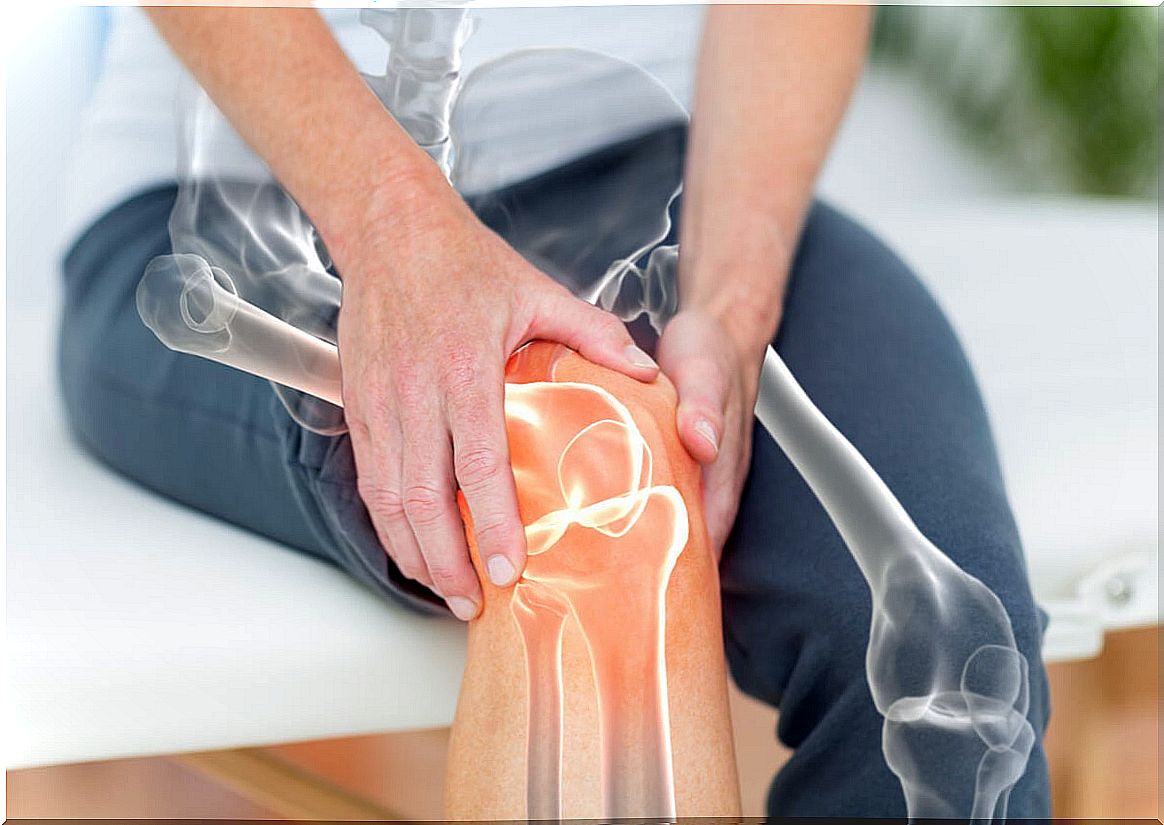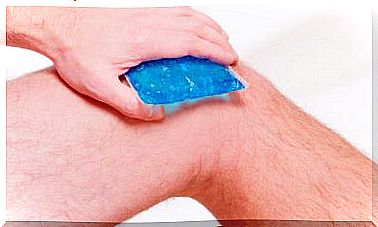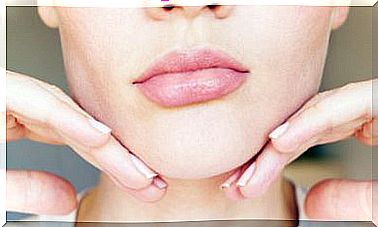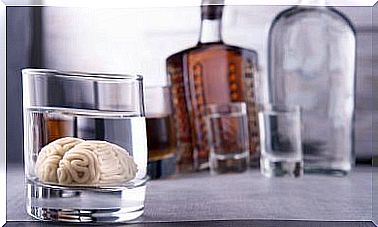Pseudogout: Symptoms, Causes, Diagnosis And Treatment
Pseudogout is a pathology characterized by the appearance of crystals in the synovial fluid, cartilage, fibrocartilage and articular menisci, among other areas. According to scientific articles, these crystals respond to calcification (calcium pyrophosphate deposition) of the hyaline cartilage or articular meniscus, and therefore are also called chondrocalcinosis .
Despite presenting a clinical picture similar to gout, we are talking about a disease that has nothing to do with hyperuricemia, that is, with the abnormal concentration of uric acid levels in the blood. That is why their medical approach and their treatment are very different. Here we show you everything you need to know about pseudogout.
What is pseudogout?
As we have already said, pseudogout is a disease caused by an increase in the concentration and subsequent deposition of calcium pyrophosphate in the joint tissues. According to studies, these cartilage tissues contain low concentrations of these salts and do not calcify, which is why this event has various negative effects on the patient.
According to the same sources, the disease is chronic, with long duration and slow progression. It is associated with other pathologies, such as diabetes mellitus and high blood pressure. Undoubtedly, the one that most correlates with it is osteoarthrosis, the wear of articular cartilage and subsequent friction between bones.

What are your symptoms?
Research entities such as the Mayo Clinic collect the symptoms of pseudogout or chondrocalcinosis. Some of them are the following:
- Pain, swelling, stiffness, and warmth in large joints.
- Frequent attacks of joint discomfort that can appear in the form of sudden attacks or as chronic pain sustained over time.
- Localized discomfort in the knees, in most cases, although it can also occur in the elbows, ankles, wrists, shoulders and hands.
For its part, gout is generally manifested in the big toe (approximately in 50% of cases), while pseudogout is located mainly in the knees. This very basic difference is one of the most obvious distinguishing marks between the two disorders.
It should be noted that medical associations emphasize that not all individuals with calcium pyrophosphate deposits in the joints present this symptomatology. The crystals usually appear with age in up to half of the population, from 85 years of age. Still, many never develop symptoms.
Other sources specialized in rheumatology also emphasize that the level of inflammation in pseudogout is usually lower than that of normal gout. Therefore, it is considered a slightly less painful pathology.
Causes of pseudogout
Although the mechanisms are not fully elucidated, it is believed that this disorder is due to the metabolic activity of chondrocytes. These cartilage tissue cells would produce more pyrophosphate than normal, which would cause the formation of crystals in the cartilaginous matrix. The immune system would attack these atypical structures causing a local inflammatory response.
It should be noted, again, that this pathology has nothing to do with common gout. The latter is due to an excessive amount of uric acid in the blood, either due to increased production or poor elimination in the kidneys. Obesity, unhealthy lifestyles, and alcoholism can all promote this state.
In contrast, high calcium intake does not promote the appearance of pseudogout as one might initially think. For this reason, special dietary regimes are not required in people who present it.
Unfortunately, the cause of the accumulation of these crystals is still unknown. Even so, it is suspected that certain mechanisms of genetic predisposition could exist.
How is it diagnosed?
The Arthritis Foundation includes a series of steps to follow to make an effective diagnosis of this pathology. These are the following:
- Detailed medical history of the patient.
- Removing a sample of joint fluid to look at pyrophosphate crystals.
- X-rays, which show the presence of crystals in the cartilaginous tissue.
- Blood tests to rule out other pathologies, such as gout.
What is your treatment?
According to the American Society for Surgery of the Hand, the treatment of gout and pseudogout should be multidisciplinary, that is, approach the disease from different fronts. These are the following:
- First, non-steroidal anti-inflammatory drugs (NSAIDs) will be prescribed to treat pain and swelling in the affected joint. Colchicine and various corticosteroids may also be prescribed. This would be the pharmacological front.
- Secondly, the drainage of the cartilaginous fluid can also be chosen to extract the deposited pyrophosphate crystals. This method is called “joint aspiration.” If the joint bones are severely damaged, surgery is performed to repair or replace them. We are on the surgical front.
- Finally, certain treatments and behaviors that do not involve direct medication are recommended to the patient. This includes periodically applying ice to the affected area and interspersing with beneficial exercises and joint rest. We are on the physiotherapy front.

Pseudogout and its suspicion
As we have seen, pseudogout is a pathology that derives from the deposition of calcium pyrophosphate crystals. This event is very common, as it occurs in up to half of the population after 85 years of age, but not all elderly patients present associated symptoms.
Although it shares certain clinical signs and treatments with normal gout, both pathologies should not be confused. If you have joint pain in your knee that comes in waves and your age is over 50, you may be suffering from pseudogout.









